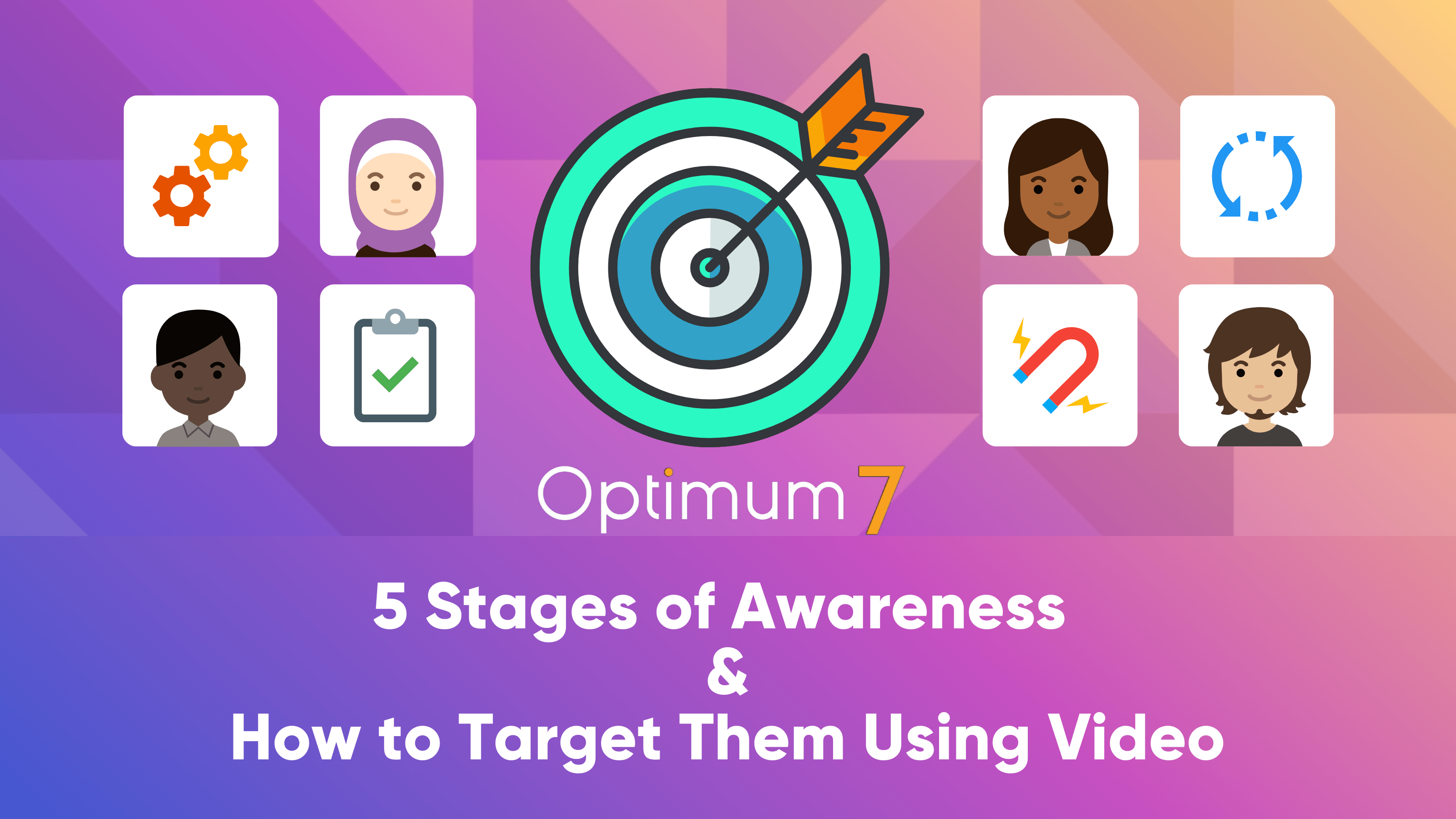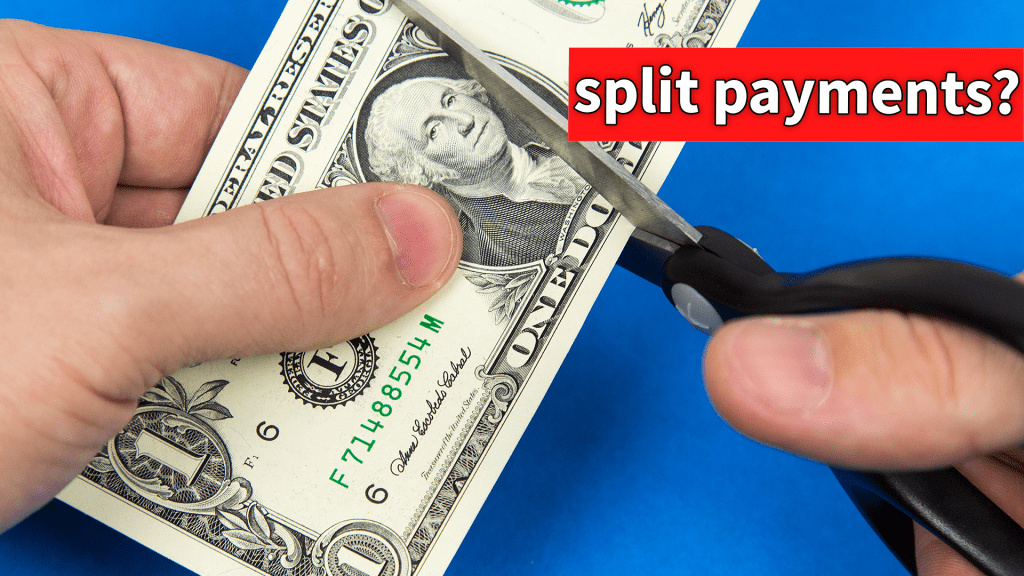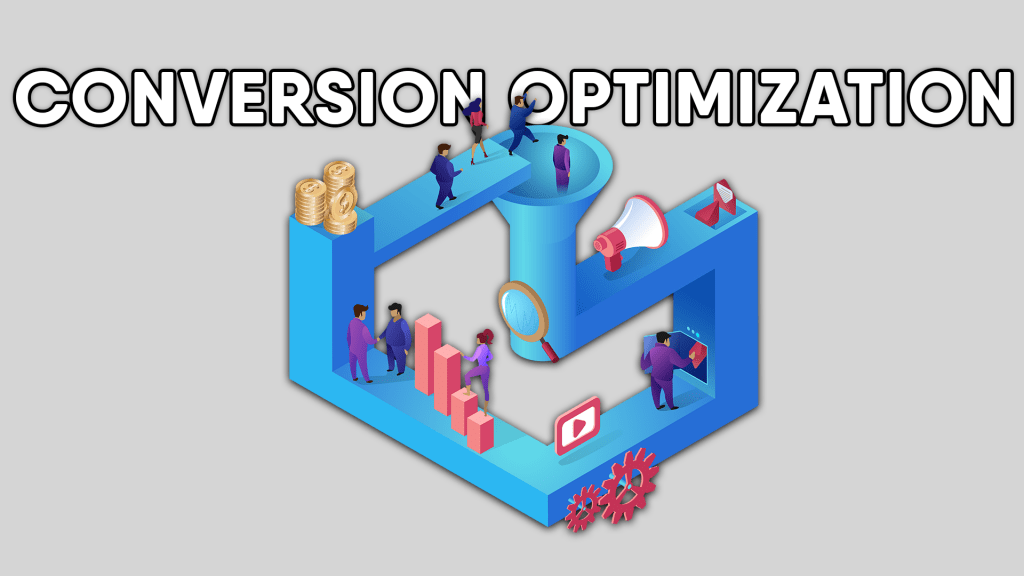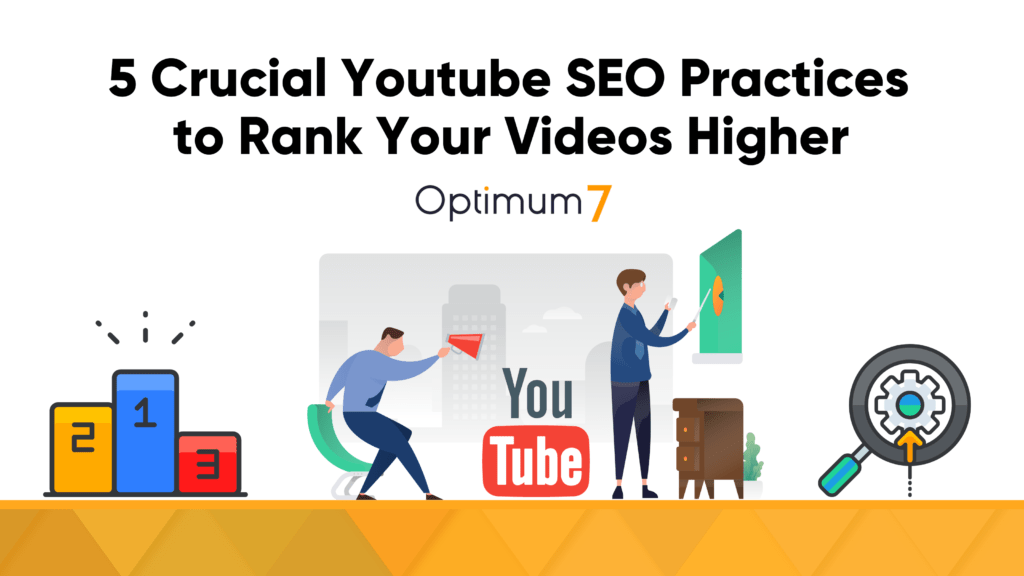It’s crucial to understand the different levels of awareness that your potential customers have for your products or services. While most businesses love to only focus on the top two levels of awareness, which are product-aware and most aware, there are actually three more levels to the levels of awareness. That can greatly impact the effectiveness of your marketing funnel.
In fact, by solely focusing on a small portion of their audience, businesses may be missing out on potential customers who are at a different level of awareness. That’s exactly where optimizing your marketing funnel for each level of awareness comes in.
In this blog post, we’ll dive deeper into the 5 levels of awareness and how to effectively optimize your marketing funnel accordingly.
Now, at Optimum7, we’ve been going after all awareness levels with this strategy using videos for probably six months or so. Let’s talk a bit about how video can improve the levels of awareness funnels throughout someone’s sales lifecycle.
In marketing, understanding the different levels of awareness can make a significant impact on your success.
Yet, most businesses solely focus on the top two levels, which only represent 3% of their potential audience. The remaining 97% are often ignored as these businesses assume that they are already aware of the product.
However, reaching and engaging with this untapped market is essential.
One effective way to do so is through video marketing. Not only do people prefer watching videos over reading text, but videos can also target specific levels of awareness and convey a message that resonates with the audience.
Why video is more efficient for all levels of awareness?
Video’s more engaging. Video’s more entertaining.
One prime example? Tiktok.
People spend hours watching videos…
And especially in today’s world, people don’t like to read. Reading is boring for most. This generation grew up with video. And if you make a video engaging, a video entertaining, people are much more likely to watch a video than read an article or just look at an image.
Now, during a sales cycle or even a marketing cycle, one of the most important things is to convey a specific message to your audience and to have this message stick.
Now, during these levels of awareness, every single audience at every single level of this awareness needs to see specific messaging geared towards that level of awareness. With video, it is a lot more efficient and a lot easier to convey that message in the shortest amount of time possible. Because the average user today has about seven seconds of an attention span as they’re browsing online.
But with video, that is not the case. Average watch time for our videos that are bottom funnel, that are directly trying to sell to our audience, is 45 seconds. If we’re talking about a specific concept and the video is over five minutes, our average watch time goes up to four minutes, five minutes.
Now, imagine having the attention of a CEO of a multi-million dollar operation for 45 seconds to five minutes. What would that be worth to you? And this is why video works so well with different levels of awareness.
What are the 5 levels of awareness?
Let’s dive deeper into the 5 stages of awareness.
1. Unaware
The customer has no knowledge of your product or service. They do not realize that they have a problem that your product can solve. The goal at this level is to create awareness and introduce the customer to your product. This can be done through various channels such as social media, advertising, or content marketing.
2. Problem Aware
At this level, the customer is aware that they have a problem, but they do not know that there is a solution available. The goal at this level is to educate the customer about the potential solutions to their problem. This can be done by creating content that highlights the benefits of your product or service.
3. Solution Awareness
The customer is now aware that there is a solution available to their problem, but they are not aware of your specific product or service. The goal at this level is to differentiate your product or service from the competition. This can be done by highlighting the unique features and benefits of your product or service.
4. Product Awareness
The customer is aware of your product or service, but they have not yet made a purchase. The goal at this level is to convince the customer that your product or service is the best solution for their problem. This can be done by providing social proof such as customer testimonials or case studies.
5. Most Aware
The customer is now a loyal customer who has made multiple purchases. The goal at this level is to keep the customer engaged and satisfied with your product or service. This can be done by providing excellent customer service, creating loyalty programs, and offering personalized recommendations.
Understanding the level of awareness of your customer is crucial for crafting effective marketing messages. By targeting the right level of awareness, you can create messages that resonate with your target audience and drive conversions.
Now, let’s talk about the video production process where we create one video and we split it up for the levels of awareness and the different audiences in these levels of awareness.
Creating videos for customer awareness levels
Your video production process for these videos can be very straightforward.
How did we do it?
We create an outline. We know exactly what we want to talk about, what points we want to hit during the production process, during the video shoot.
And that outline has multiple points that we make sure we cover thoroughly so we get as much content out of a single shoot as possible. Now, as we are doing the shoot, Duran will tell the video team, “This is a top funnel segment right here.” or “This is a bottom funnel segment right here.”
Because he already knows exactly which awareness level audience will respond the best to the content we are creating.
Then, after the production process, the video shoot, our video team has about 15 to 20 minutes of footage that they need to work through.
Now, our entire marketing team, from PPC specialists, to SEO specialists, to copywriters, has the content to execute strategies targeting all the stages of the awareness funnel.
And, I’ll break that down for you.
Targeting the right audience
Now, our SEO specialist has a 15 minute video that can be published as a short session on our blog. The copywriters have the transcription of this 15-minute video that they review and they edit, and that becomes the textual content on our blog.
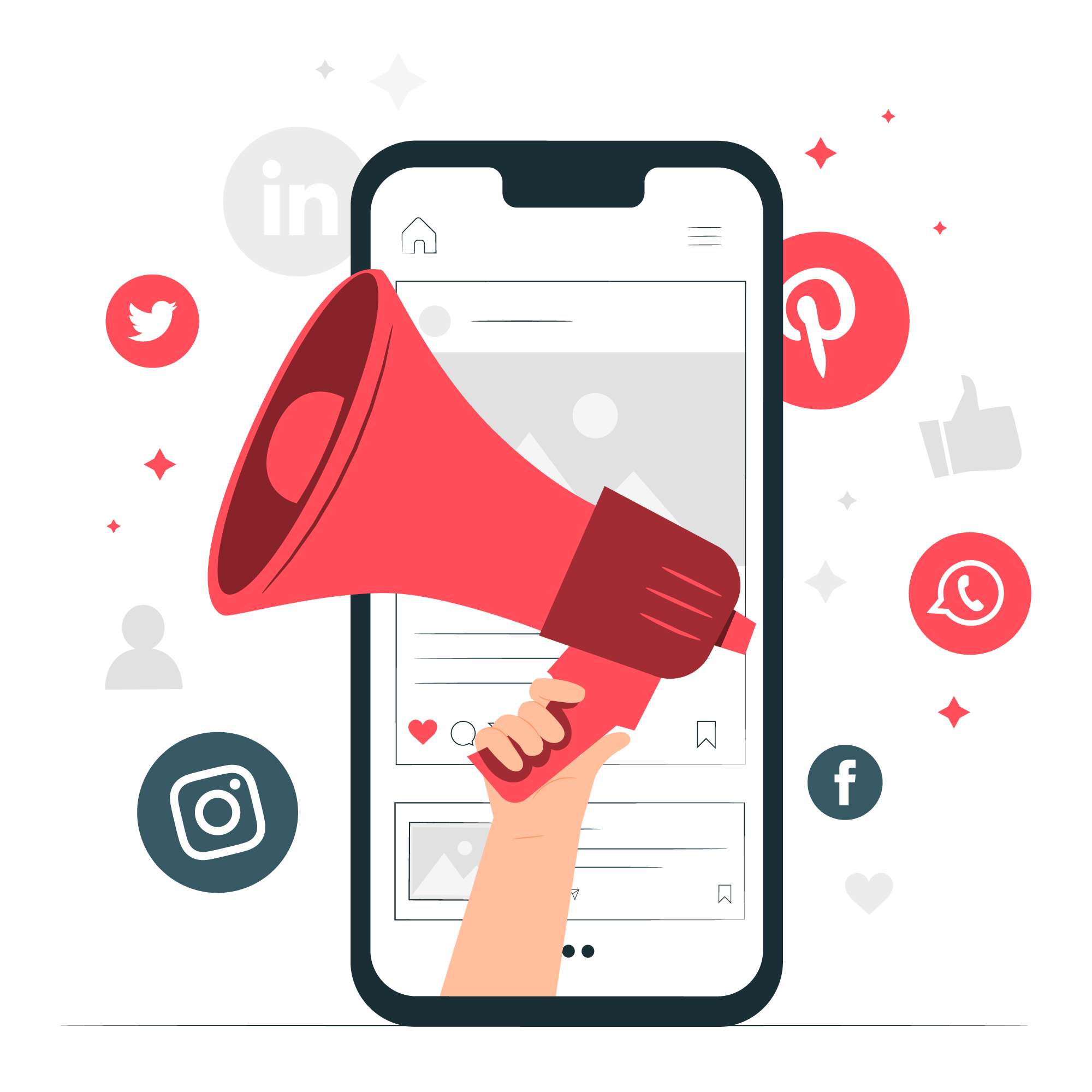
Never ignore the power of organic shares
The snippets and the different video creative that we have go to the different social media channels that we share on, like LinkedIn, Twitter, YouTube, et cetera.
These are the content that is organically shared. Then, because of the levels of awareness stages, the Paid Search team, Adware specialists, YouTube specialists, LinkedIn specialists, Twitter specialists, Reddit specialists, programmatic advertising specialists, all have different video clips to target the different audiences in the different levels of awareness stages.
That allows us to target the 90% of people that are unaware, 4% of the people that are problem-aware and 3% of the people that are solution-aware.
And of course, we really, really go after the 3% that are product aware and most aware, as we should, but we don’t ignore the 97% unaware being the most important stage.
Because we are aware that if we can move people from unaware to problem aware, to solution aware, to product aware, and then to most aware, when they are most aware and product aware, they are much more likely to do business with us because we gave them the concept and we gave them the solution when they were unaware to begin with.
That establishes us as experts in their eyes. So when they are in their most aware stage, they are not going to shop around. They are not going to care about reviews. They’re not going to care about references.
And they’re not going to negotiate on price. Because we have specifically targeted and moved the right people from the unaware to the most aware stages.
And we do that by never leaving them alone. Once they engage with any level, it doesn’t matter what part of the awareness funnel, they interact with us. We never leave them alone.
And that is exactly what you should do with very, very targeted messaging.
And this is the key here.
You cannot show a request quote or a request an audit ad to an unaware audience. They’re not ready to do business with you. The unaware stage audience needs to see different content than the product-aware stage, than the solution-aware stage.
What is the most difficult part of this strategy?
The most difficult part about this strategy is usually the figuring out the video process stage, and figuring out what content belongs in which part of the funnel. The most difficult part being putting out content targeted at the unaware stage.
Because how can you make people care or even watch video for a company or a service they’ve never heard about? How can you get somebody to engage and watch even five seconds of a video of something they don’t even know that they need?
Because the easiest thing is putting out content for the audience that already knows who you are and wants your service, because they already know the problem they have; they already know the solution they need, and they’re already aware that you can provide that solution to the problem that they know they have.
The whole idea of moving the audience from Unaware stage to Most Aware is just like the movie Inception; you are basically planting the idea in to the minds of the Unaware audience.
And buyer mentality is different for different types of audiences. So what we do is we actually break down the unaware section and instead of mentioning features, we focus on benefits.
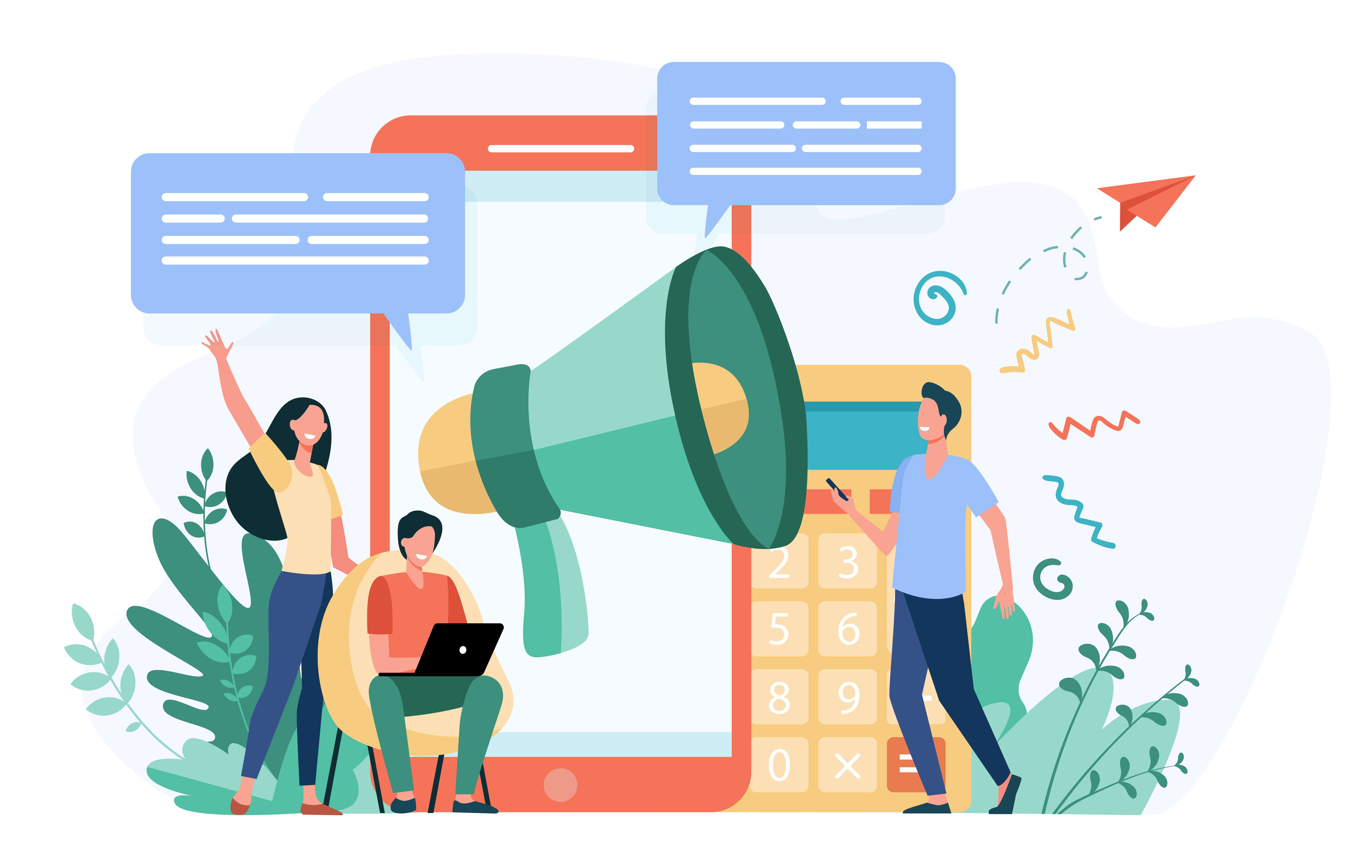
How do you slowly move your audience from unaware to most-aware?
One example is when you need a bed, do you buy a mattress or do you buy a good night’s sleep? If you actually break down some of the ads that you watch on YouTube or on TV, you will see that the really big brands and the really good brands focus on benefits.
So what the unaware audience needs is different perspectives that focus on different benefits of your service or of your product. If you’re selling a mattress, the unaware stage content should not be talking about how soft the mattress is, how thick the mattress is, the technology of the mattress. It should not be talking about any of that. It should convince the end user that perhaps they might not be getting a great night of sleep.
And you can do that, for example, with a statistic. You can find a statistic from somewhere and say, “Did you know that 90% of the population,” or “90% men” or “90% women,” it depends on who you are targeting, “Wakes up an average of six times during the night.”
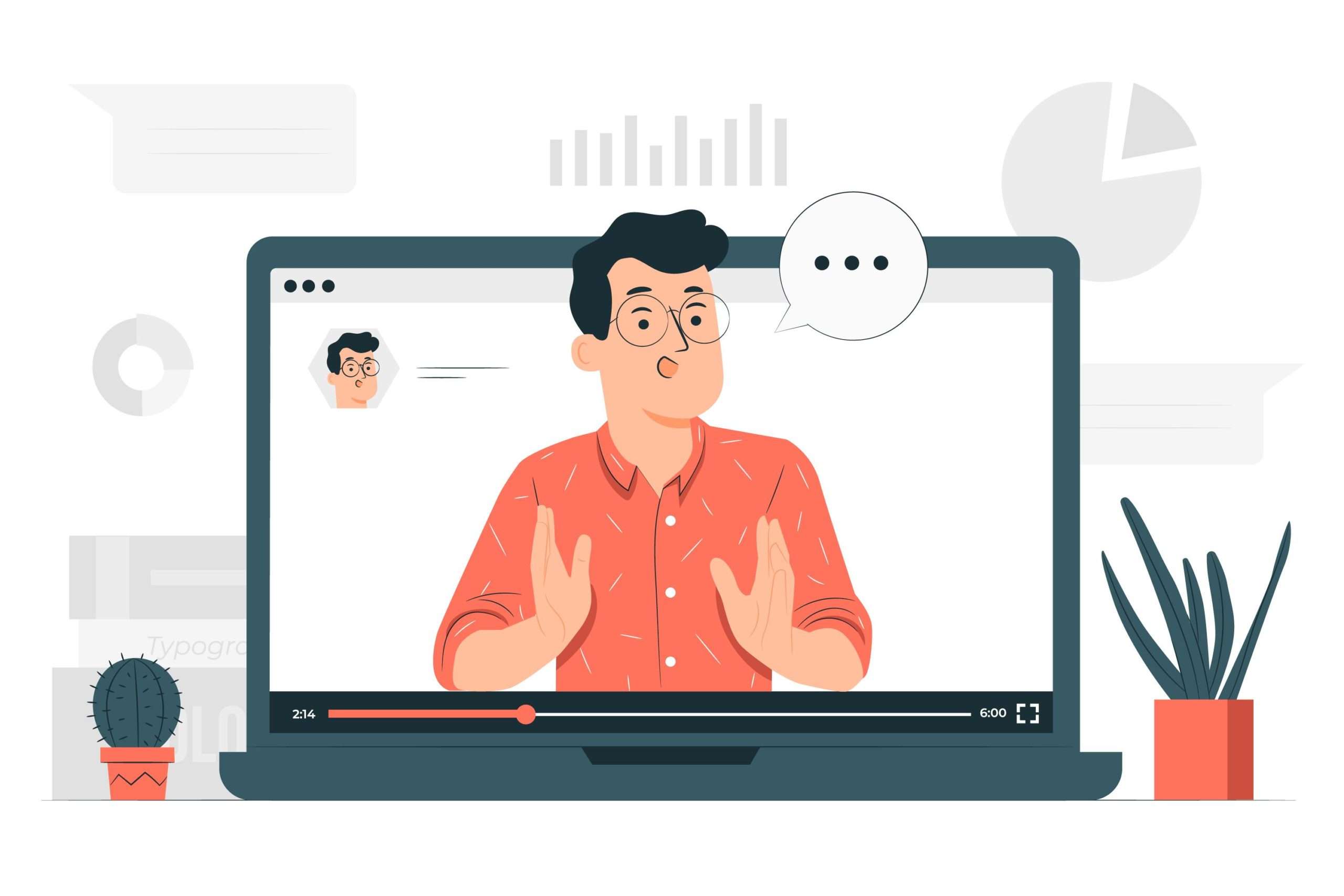
You lead with that and you take that data and you give them one perspective. Then, you give them another perspective. And the entire perspective cycle is about a good night’s sleep. You don’t even start talking about the thick mattress, the price, the technology, until the solution-aware stage.
Now, there’s another video that we shot that breaks this down, which we will also add in this blog post, but this cannot be done on the fly. This actually needs to be planned based on the service or based on the product.
This is why we have thousands of snippets out there on YouTube, on Facebook, on Instagram, on Twitter, on LinkedIn. When a prospect speaks to any salesperson at Optimum7 , they always tell us, “We see you guys everywhere.” And at that point, they’re not going to shop on price.
They’re not going to worry about reviews. They won’t even imagine doing business with another company. And this is the power of the levels of awareness cycle.
Conclusion
Understanding the 5 levels of awareness is crucial for crafting effective marketing messages and optimizing your marketing funnel. While many businesses tend to focus only on the top two levels, there are three additional levels that can greatly impact the effectiveness of your marketing funnel.
Video marketing is an effective tool that can target specific levels of awareness and convey a message that resonates with the audience.
By producing videos that cater to each level of awareness, you can move potential customers from being unaware to becoming loyal customers. However, the most difficult part of this strategy is figuring out what content belongs in each part of the funnel, particularly for the unaware stage.
By focusing on benefits rather than features and targeting different perspectives, you can plant the idea in the minds of the unaware audience and move them towards becoming loyal customers.

